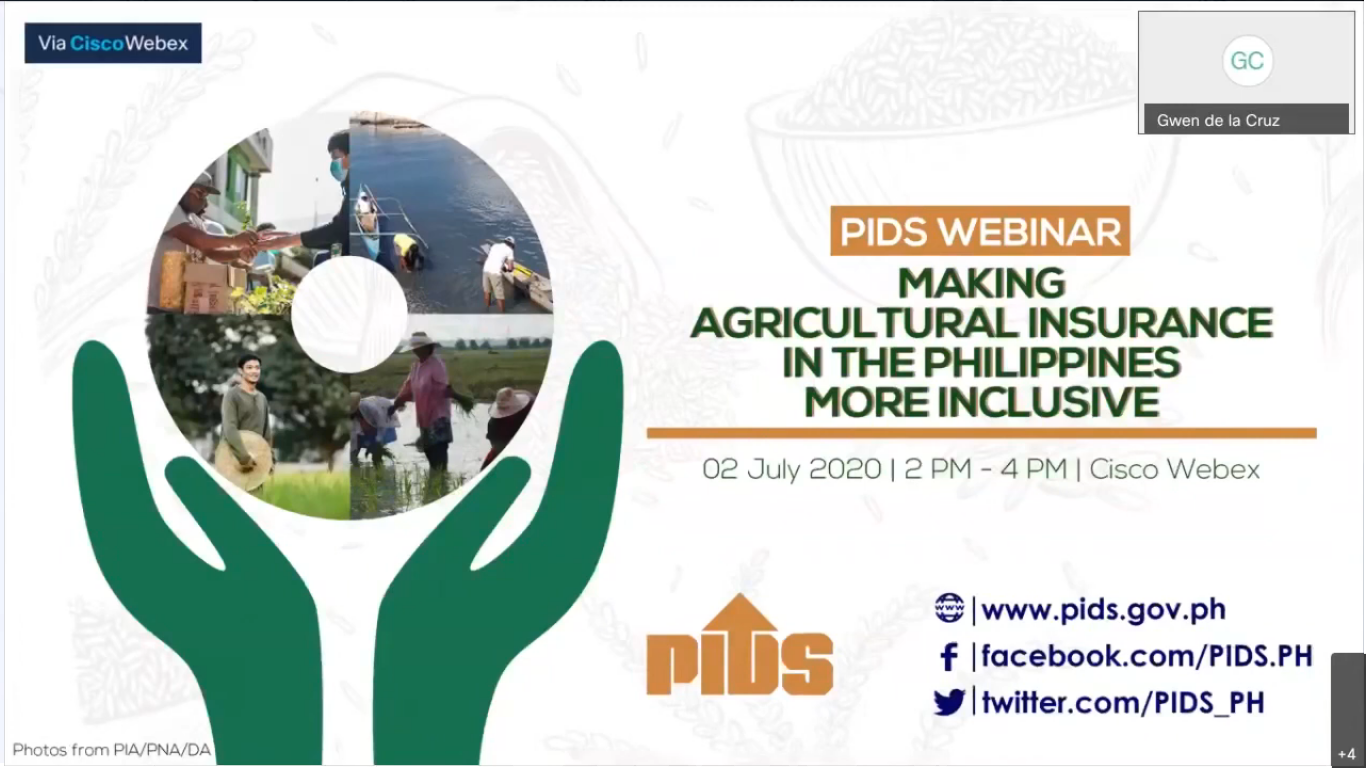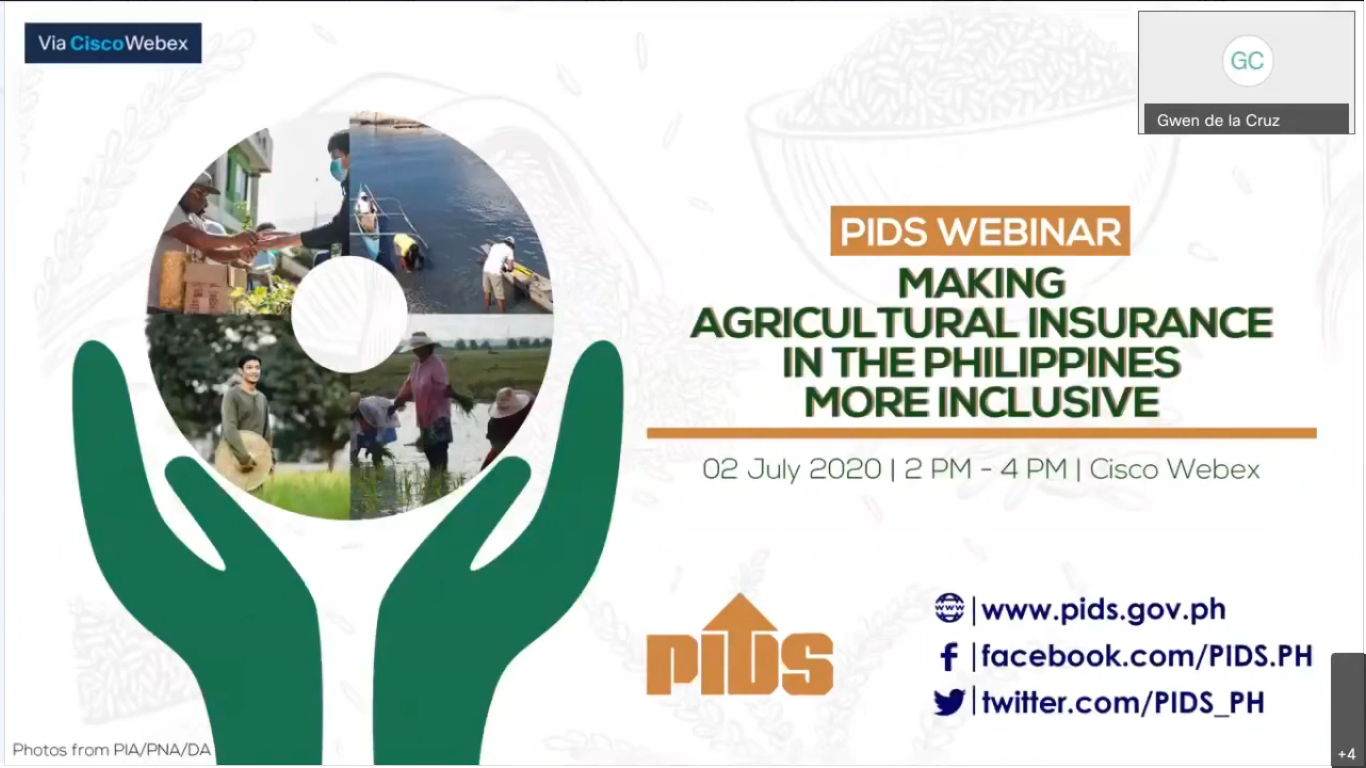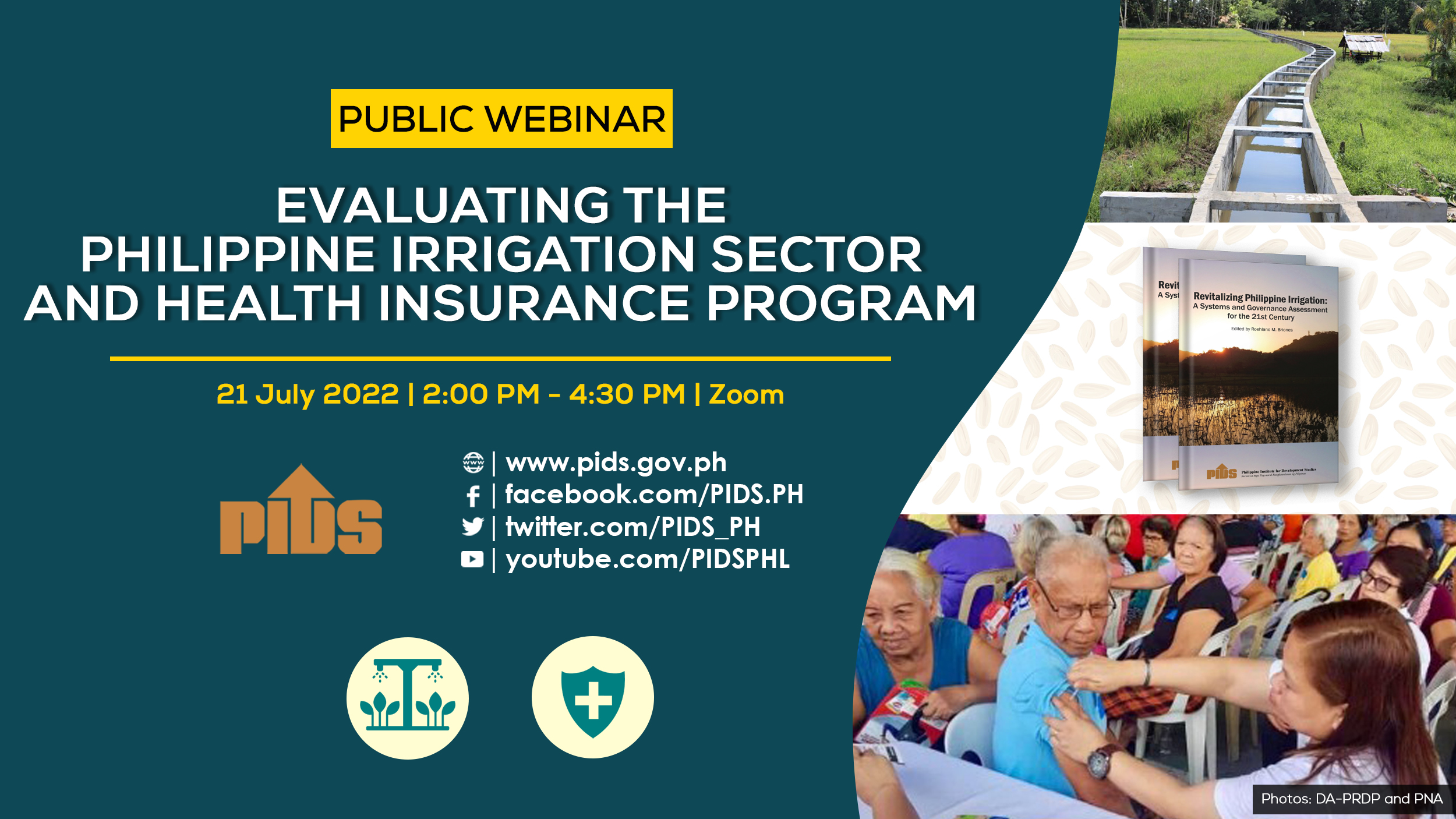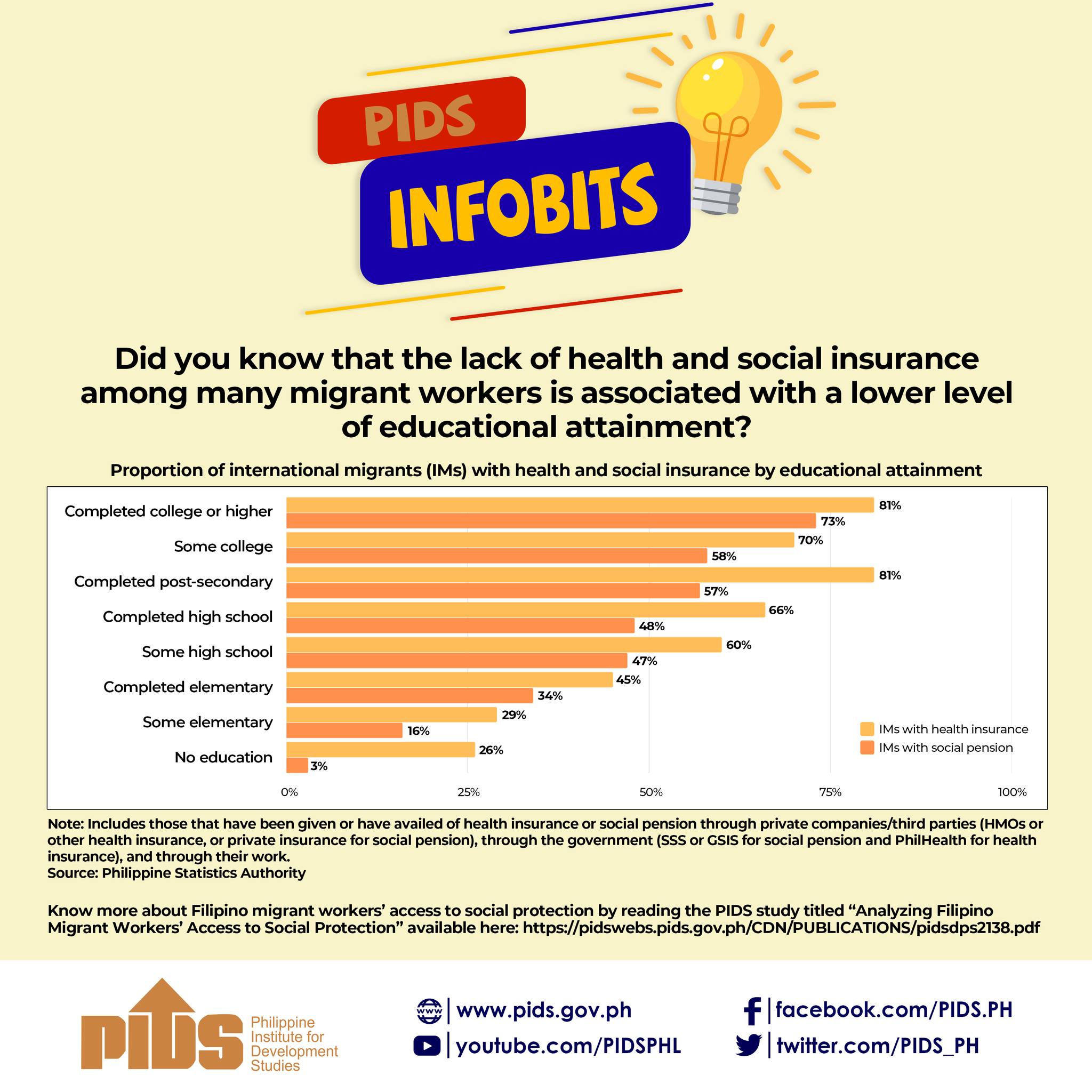The night typhoon Karding was supposed to barrel through Central Luzon, I caught a video on social media that broke my heart. It was about a farmer explaining his predicament as he looked longingly at his rice field that was about ready for harvest.
Many of us don’t even think of praying for our farmers, but I am sure many of those who saw the video did. If Karding came around a month later, the farmer could have harvested those golden grains of rice.
The farmer was philosophical about the typhoon destroying his crop. Yun lang, sabi niya, sayang naman ang pinaghirapan niya. I found out after Karding was gone that the farmer in the video lost most of his potential rice harvest.
I guess our farmers are used to this annual battle with typhoons. That is also why our farmers are unable to get out of poverty.
But this is why we have a government, a Department of Agriculture that is supposed to backstop the farmers and provide what is needed, including financial protection from natural calamities.
Typhoons visit us regularly. It is reasonable to expect that the government should have something to financially protect our farmers when typhoons strike.
Unfortunately, our government, through the DA, has failed big time in providing sufficient insurance cover not just for rice farmers, but also for pig and chicken farmers who have also suffered greatly from epidemics in recent years.
A World Bank chart I saw reveals that coverage of the government’s agricultural insurance has gone down from 43 percent to about 38 percent from 2009 to 2020.
The need for farmer protection is obvious. The Philippine Institute for Development Studies (PIDS), the government think tank, pointed out that Typhoons Yolanda (Haiyan) and Ompong (Mangkhut) have caused P35 billion and P27 billion worth of agricultural damage, respectively, based on DA estimates.
“Given that a third of the country’s workforce depend on the agriculture sector, it is crucial that efforts are undertaken towards mitigation of the effects of these shocks and risks. One of these efforts is agricultural insurance, as provided for by the Philippine Crop Insurance Corporation (PCIC).
“Indemnities provided by PCIC to farmers affected by disasters have been significantly limited to those with large landholdings—a dilemma that stemmed from the lack of education among small scale farmers.”
A discussion paper published by the PIDS revealed that there is a lack of information dissemination among small-scale farmers about crop insurance that would provide a safety net from financial shocks. This lack of awareness regarding the PCIC is the primary reason for minimal participation in agricultural insurance programs by rice farmers.
PIDS said this could have been particularly beneficial for the sector’s small farmers, which comprise 88.9 percent of farm holdings and 48.4 percent of the country’s total farm area. Indeed, PIDS pointed out that as of 2015, even the LGU officials and staff admitted that they were not aware of the programs of the PCIC.
Even if PCIC had been around for over 40 years, there is still this communication gap with their intended beneficiaries. Maybe, those who run PCIC do not have the sense of mission necessary to get their work done.
PIDS recommends an amendment in PCIC’s decades-old charter that would also enable PCIC to provide reinsurance.
“Expanding its role as a reinsurer for other companies that are willing to offer agricultural insurance… will lead to higher penetration rates while keeping prices at affordable and competitive levels,” the premier think tank said.
“Having more entities that offer agricultural insurance will lead to higher penetration rates, while keeping prices at affordable and competitive levels,” the PIDS research paper said.
So, we know the problem. Next on the agenda requires the DA and PCIC to work together to increase the number of farmers who will be covered by the insurance. Farmers grow our food. We shouldn’t let them deal with the vagaries of nature by themselves. Our government must help.
Health issues
Marita V. Tolentino-Reyes MD, chair of the Health Technology Assessment Council (HTAC) reacted to our column last Friday.
It is a long letter, but let me go to the most important parts.
HTAC recommendations are meant to guide the procurement of the Department of Health. She denied they have delayed any rollout. “In fact, it released its recommendation on first booster doses on Nov. 3, 2021, followed by that for second boosters on April 28, 2022…”
That’s a month after the US’s Advisory Committee on Immunization Practices (ACIP) recommended a second mRNA COVID-19 vaccine booster dose for adults on March 29, 2022. I assume they used the same clinical trial results submitted by the same drug companies, as well as reviewed the same relevant articles in medical journals.
Dr. Reyes: “Expiration of vaccines is not enough reason to push for vaccines. For any other health technology, our health professionals prescribe the best choice for the people, not because they are ‘sayang.’”
Agreed on this point. But that’s not the point. The point is the second booster is already accepted practice in other countries with regulatory systems more stringent than ours.
Of course, we want safety. But that is no longer an issue for the US FDA, CDC. What else are our local experts looking for that is worth the wait? Eventually we follow them anyway.
The US CDC urges people to be updated in their booster shots and that means a third booster of the bivalent vaccine that covers the Omicron variants for best protection. Singapore has also approved this bivalent vaccine.
So, no Filipino is up to date because we are not even talking about this bivalent booster now. We are not as protected, specially from Omicron variants, as we could be.
I come from a family of doctors. My late father was a professor of medicine with a masters in public health. My eldest sister was also a medical professor and also worked with the US NIH for the longest time. I understand and respect the scientific process and the responsibility of HTAC.
But a little sense of urgency would be nice since, according to DOH, COVID cases are rising again. Us seniors want all the protection we can get.











